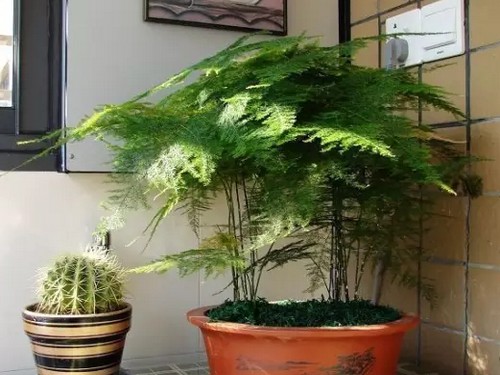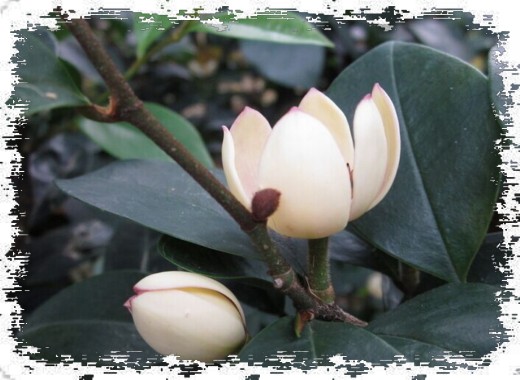Production of tortoise shell holly bonsai
Tortoise shell holly is named because the leaf surface is protruding in the shape of tortoise shell. It is a small evergreen shrub of holly family. The old stem is gray or grayish brown, the leaves are oval, alternate, entire, the new leaves are tender green, the old leaves are dark green, thick, leathery and shiny. Its branches are vigorous and simple, and the leaves are dense and green, which is very suitable for making bonsai.

Old dry gray or grayish brown, leaves oval, alternate, entire, new leaves tender green, old leaves dark green; thicker, leathery, shiny. Its branches are vigorous and simple, and the leaves are dense and green, so it has good ornamental value. Most of the gardens are planted as ground cover trees, and they are also often used for color blocks and strips as the basis for planting. Can also be planted in flower beds, tree beds and garden road intersections, the ornamental effect is good. The texture of the ground is delicate, the outline is clear after trimming, and it can be kept for a long time. Because of its strong growth ability and pruning resistance, it is often used with hedges. It can also be used as a potted plant. Landscape uses include bonsai and courtyard planting.
According to the different processing of tree stump, tortoise shell holly bonsai can be made into bonsai of different shapes, such as single dry type, double dry type, oblique dry type, curved dry type, dry type, facing water type, cliff type and so on. It can also be planted with several 2-year-old young trees to make jungle bonsai, and pay attention to the high and low of the trees and the changes before and after, so as to achieve both primary and secondary and harmonious unity. The modeling method of tortoise shell holly bonsai should be tied and cut at the same time, first using wire to tie out the basic shape, and then carefully trimmed to make it take shape.
The tortoise shell holly used to make bonsai is usually propagated by cutting, which is usually carried out in the growing season from May to July, and the cuttings can choose first-year or current-year strong and substantial branches, remove the lower leaves, and put them in bright light and no direct sunlight for maintenance, keep the soil and air moist, and take root in about 50 days.
You can also choose graceful old branches to propagate by high-altitude pressing in the growing season, cut them off after taking root, plant them in a pot, and become a beautiful bonsai. The old stakes that have been growing for many years can also be used to make large and medium-sized bonsai, and the transplanting is mostly carried out before sprouting in spring. Before planting, the stump is trimmed and shaped to cut off unnecessary branches and overlong roots. Watering once after planting, keep the soil moist, often spray water to the branches, in order to increase air humidity, is conducive to plant survival.
Time: 2019-05-26 Click:
- Prev

The method of making Bamboo Bonsai
Bamboo chic and elegant, elegant, elegant Athens, used to make small bamboo bonsai, decorate the room, very elegant. There are many kinds of bamboo, and it is appropriate to make small bamboo with thin and short stems and narrow leaves, such as Buddha belly bamboo, square bamboo, Guanyin bamboo, purple bamboo, jadeite bamboo and so on. When transplanting bamboo, one or two years of age should be selected in spring.
- Next

The making method of Michelia bonsai
Michelia mollissima, also known as Bark bag incense and Mountain Vibrator, is an evergreen shrub or small tree of the Magnoliaceae family. Both Ginkgo biloba and Ginkgo biloba belong to the Mesozoic tree species left after the Quaternary glacier, commonly known as living fossils. Although no real wild area has been found so far, it is found in the broad-leaved or coniferous sparse forests of the plateaus of eastern and central Yunnan.
Related
- Fuxing push coffee new agricultural production and marketing class: lack of small-scale processing plants
- Jujube rice field leisure farm deep ploughing Yilan for five years to create a space for organic food and play
- Nongyu Farm-A trial of organic papaya for brave women with advanced technology
- Four points for attention in the prevention and control of diseases and insect pests of edible fungi
- How to add nutrient solution to Edible Fungi
- Is there any good way to control edible fungus mites?
- Open Inoculation Technology of Edible Fungi
- Is there any clever way to use fertilizer for edible fungus in winter?
- What agents are used to kill the pathogens of edible fungi in the mushroom shed?
- Rapid drying of Edible Fungi

